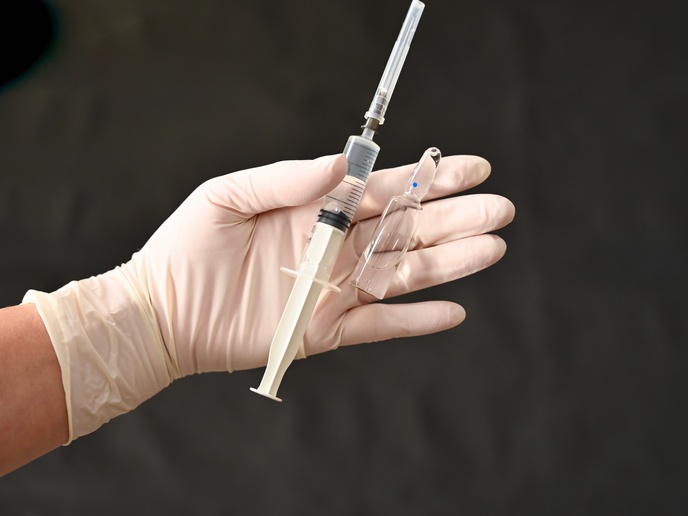Developments towards needle-free injections
Roughly 44 million needles are used each day. Needles are fundamental for vaccination, blood sampling and drug delivery. And they have inked millions of tattoos. Yet they must be used correctly, instil fear among many people and create a lot of waste. The ability to inject fluids into soft tissues without needles could have profound impacts, in both healthcare and beyond. One promising method uses microfluid jets under high pressures to puncture through the surface, a goal which may sound simple but has proven remarkably difficult to achieve. David Fernandez Rivas(opens in new window), a trained nuclear engineer and now professor at the University of Twente, is hoping to succeed. “The same way that people with tattoos are stigmatised, and patients (e.g. diabetes) must overcome hurdles and discriminations, I looked at how other technologies in the past have been used to inject without needles,” he says. “Crossing disciplines and boundaries is what defines the engineering work that I do.” Fernandez Rivas coordinated the EU-funded BuBble Gun(opens in new window) project, leading a team of researchers improving the control of the microfluid jets. The team worked towards a clean penetration without splash-back or dispersion, as these can lead to contamination or alter the dose.
Exploring droplet ballistics
The team mostly performed experiments in the lab, using microfluidics and optical components to expel droplets of different fluids. “The ballistics of such droplets allowed us to study very interesting phenomena, including the impact on skin surrogates, as a first step towards injecting (in the future) without needles,” adds Fernandez Rivas. The team’s technique(opens in new window) uses a laser to heat a liquid in a small channel. As the temperature rises, a fast-growing bubble develops and leads to fast travelling jets with very small dimensions comparable to the size of skin cells. “This allows us to inject or impregnate the skin without damaging it, as is the case with needles,” explains Fernandez Rivas.
Prototype laser-based designs
One of the major outcomes of the project was to use different lasers, combined with several microfluidic channel designs. This let the team establish a broad parameter(opens in new window) space to guide the future development of minute jets for biomedical and other applications. The scientists have already secured several patents for their technology, and developed three proof of concept projects. The work has won(opens in new window) a range(opens in new window) of prizes(opens in new window) which Fernandez Rivas says underscore the relevance of their approach.
From 3D printing to plant injections
Successful development of needle-free injections could have broad impacts in areas such as additive manufacturing, also known as 3D printing. “Depositing small volumes of different materials can provide extra control on the properties of new materials or enhance existing ones,” notes Fernandez Rivas, whose BuBble Gun project was funded by the European Research Council(opens in new window). In the past few years the team has tested injections into plants, ex vivo skin and different liquids of relevance for chemical processes. Thanks to the success of the project, Fernandez Rivas co-founded a spin-off company, FlowBeams(opens in new window), which aims to one day bring the needle-free technology to the market. “We also recently obtained an EIC Transition(opens in new window) grant to advance the technology readiness level of the product, and were awarded other prizes, including the CES Las Vegas Innovation award(opens in new window) this year,” says Fernandez Rivas. “Our ultimate ambition is developing a technological platform to enable sustainable and patient-friendly solutions, the Future Under Our Skin(opens in new window).”







